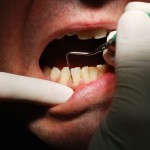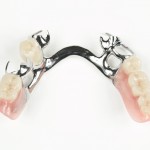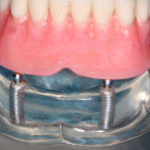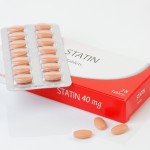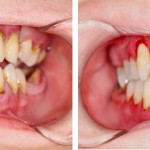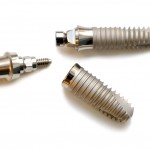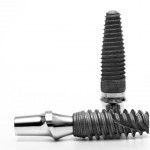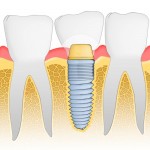
This review comparing immediate implant placement using flap or flapless surgery included 5 small RCTs involving a total of 140 patients. The findings suggested a benefit for flapless srugery but in addition to being small the studies were short term and 3 of the 5 studies were considered to be at high risk of bias.
[read the full story...]